Recently updated on January 17th, 2025 at 09:36 am
A computer-generated, immersive, interactive experience that replicates a three-dimensional environment is called virtual reality (VR). Specifically, users enter a virtual reality (VR) environment usually wearing special gear, like VR goggles or headsets, which, in turn, involves them in a world created by computers. From virtual classrooms to hands-on simulations, VR and AR offer learners a dynamic and practical approach to acquiring new skills. Moreover, this virtual world can create entirely imaginary landscapes or replicate real-world events.
What Is Augmented Reality?
The technology known as augmented reality (AR) modifies the physical world by putting virtual or digital elements on top of it, improving the user’s perception and interaction with it. Augmented reality (AR) enhances and adds to the real-world experience, in contrast to Virtual Reality (VR), which produces a fully absorbed digital environment.
The Benefits Of VR And AR In Instructional Design
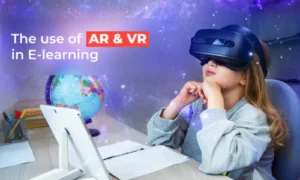
Virtual reality (VR) and augmented reality (AR) have become extremely useful tools in the field of education, revolutionizing instructional design and changing the way that students learn.
- Enhanced Engagement and Immersion
- Real-world Application and Simulation
- Interactive and Adaptive Learning
- Visualization of Complex Concepts
- Remote Learning and Collaboration
- Experiential Learning Opportunities
- Skill Development and Training
- Immediate Feedback and Assessment
Differences between VR and AR
Both augmented reality (AR) and virtual reality (VR) are immersive technologies, but they take different approaches to combining digital and physical elements. The following are the main distinctions between AR and VR.
Environment:
VR: separates users from the outside world by creating an entirely immersive, computer-generated environment. Users engage with and experience a simulated environment, which could be a realistic recreation or something completely made up.
AR: projects digital data onto the physical world. While more digital components are integrated and coexist with their surroundings, users can still see and interact with the physical world.
Immersiveness:
VR: offers a high degree of immersion by substituting the virtual world for the actual one in its entirety. To feel present in the virtual world, users frequently wear VR headsets that filter out the outside world.
AR: Compared to VR, AR provides a less immersive experience because it augments rather than completely replaces the real world. Both the digital and physical components are simultaneously visible to users.
Interaction:
VR: The main space for interaction is the virtual environment. Users can move around the virtual environment and interact with objects using gestures, controllers, or even their body movements.
AR: Users engage with both the real and virtual environments. Digital components are manipulable and responsive to surfaces and objects in the real world. Voice commands, gestures, and touchscreens are frequently used for interaction.
Devices:
VR: To fully submerge users in the virtual world, specific gear is needed, such as VR headsets or goggles. For tracking movements, these devices frequently have sensors and controllers.
AR: May be accessed through many gadgets, such as tablets, smartphones, smart glasses, and AR headsets. Because AR doesn’t always require completely immersive headsets, it can be accessed more widely using standard mobile devices.
Use Cases:
VR: It is widely used in training, entertainment, gaming, and simulations when a completely immersive experience is desired. It’s also used for therapeutic applications, architectural visualization, and virtual tours.
AR: used in retail, healthcare, education, navigation, and maintenance, among other sectors. Through the addition of context, extra information, or interactive elements, augmented reality (AR) improves in-person experiences.
Examples:
VR: virtual reality games on Oculus Rift, HTC Vive, and PlayStation VR; VR real estate and travel tours.
AR: AR product try-on experiences in retail stores; AR navigation apps such as Google Maps; Pokémon GO gaming.
Challenges To Implementing VR And AR In Instructional Design
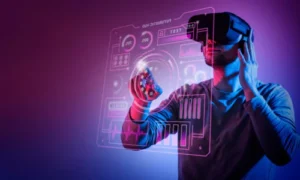
Although augmented reality (AR) and virtual reality (VR) present innovative opportunities for instructional design, there are certain difficulties in putting these technologies into practice.
- Cost and Accessibility
- Technical Infrastructure
- Content Development Complexity
- Integration with Curriculum
- User Training and Familiarity
- Concerns About Distraction
- Ethical and Privacy Concerns
- Content Standardization
- Limited Research on Effectiveness
- Accessibility for Diverse Learners
How AR And VR Are Transforming Primary School Education
Primary school education is changing as a result of augmented reality (AR) and virtual reality (VR), which are bringing in a new era of interactive and engaged learning.
Interactive Learning Adventures
Textbooks come to life thanks to AR and VR, which transform boring pages into engaging learning experiences. Through the use of dynamic simulations, historical reconstructions, and 3D models, elementary school children can experience abstract ideas brought to life and develop a love of learning.
Virtual Field Trips
With virtual reality (VR), elementary school students can go beyond the boundaries of the classroom and take virtual field trips to historical places, beautiful locations, and cultural landmarks. This comprehensive method increases geographic knowledge, increases cultural horizons, and sparks interest in the world.
Multi-Sensory Experiences
Multiple senses are stimulated by AR and VR, resulting in multisensory learning environments. Primary school students can improve their comprehension and memory of material by interacting with virtual objects, listening to historical speeches, or even feeling the textures of objects.
Personalized Learning Journeys
Personalized learning routes catered to each student’s needs are made possible by AR and VR. Adaptive software ensures a personalized and successful learning experience by modifying the content, timing, and difficulty level according to each student’s progress.
Storytelling in 360 Degrees
Virtual reality (VR) provides opportunities for 360-degree immersive storytelling. Young children can actively participate in stories, which will improve their comprehension and help them develop a stronger bond with books.
Enhanced STEM Education
STEM subjects (science, technology, engineering, and mathematics) can be experienced firsthand with AR and VR. STEM subjects become more interesting and approachable for primary school students when they can dissect virtual organisms, explore the solar system, and conduct virtual experiments.
Cultural and Historical Exploration
Through the use of augmented reality (AR), elementary school children can investigate historical sites or cultural artefacts in their natural surroundings. This promotes a more severe understanding of cultural heritage and history.
Collaborative Learning Spaces
Even in virtual environments, collaborative learning is made easier by AR and VR. Primary school students can develop their cooperation and communication skills by collaborating on projects, exchanging ideas, and exploring virtual worlds together.
Inclusive Education Practices
Because they accommodate different learning styles and capacities, these technologies promote inclusive education. Alternative methods of presenting information can be offered by AR and VR, increasing accessibility to primary education for students with different needs.
Digital Citizenship Skills
Students who are exposed to AR and VR technologies in elementary school are better equipped to be digital citizens. They gain knowledge about the responsible use of technology, how to assess digital content critically, and how to navigate virtual environments.
How AR And VR Are Transforming Higher Education
Virtual reality (VR) and augmented reality (AR) are establishing themselves as major players in higher education, transforming traditional teaching strategies and providing deep learning opportunities that go beyond the bounds of traditional instruction.
Immersive Learning Environments:
Students in higher education can enter virtual worlds thanks to the use of AR and VR in immersive learning environments. This facilitates practical knowledge and skill development by providing opportunities for experience in domains like engineering, medicine, and the sciences.
Enhanced Classroom Interaction:
By superimposing digital content on the actual classroom, augmented reality (AR) improves in-person lectures. On the other hand, virtual reality (VR) makes it possible to create virtual classrooms, which link teachers and students worldwide for interactive discussions that promote a collaborative and interesting learning environment.
Virtual Labs and Simulations:
AR and VR-based virtual laboratories are beneficial for higher education subjects like chemistry, biology, and physics. Without being restricted by physical labs, these technologies allow students to carry out experiments, investigate simulations, and participate in hands-on learning.
Medical Education and Simulations:
With its lifelike simulations, virtual reality is transforming medical education. Before encountering real-world situations, medical students can hone their skills by practising surgeries, diagnosing patients, and navigating anatomical structures in a risk-free virtual environment.
Architectural Visualization:
Students studying architecture can see designs in three dimensions thanks to AR and VR technologies. They can experience the scale and design of structures before they are built, walk through virtual buildings, and investigate spatial layouts, all of which improve their comprehension of architectural concepts.
Language Learning in Context:
By immersing students in virtual environments where they can communicate with native speakers, hone their language skills, and experience authentic cultural contexts, augmented reality and virtual reality (VRR) enhance language learning opportunities.
Career Training and Soft Skill Development:
By offering lifelike job simulations, virtual reality helps with career training. By practising professional scenarios, improving communication skills, and navigating workplace obstacles, students can get ready for real-world work environments.
Access to Specialized and Remote Courses:
Virtual reality (VR) eliminates geographical barriers by allowing students to attend classes remotely. Specialized courses and programs that are available to a global audience can be offered by higher education institutions, giving access to education that might not otherwise be possible.
Personalized and Adaptive Learning:
Virtual reality and augmented reality facilitate customized learning. These technologies are used by adaptive learning platforms to customize educational content according to each student’s progress, guaranteeing a tailored approach that satisfies a range of learning needs.
Practices for Inclusive Education:
By supporting a variety of learning styles and capacities, AR and VR help to promote inclusive education. With the help of these technologies, students with a range of needs can now access higher education through alternative methods of content delivery.
Applications Of VR And AR In Higher Education Instructional Design
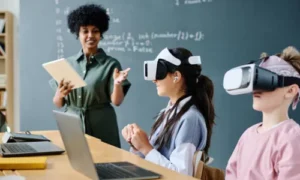
- Science And Engineering
- Medical Education
- Language Learning
- Historical And Cultural Education
- Professional Training
Conclusion:
The impact of VR and AR technologies on eLearning is nothing short of revolutionary as they develop further. Indeed, these technologies are changing the way that education is delivered, not only by developing immersive learning environments but also by improving engagement, personalization, and concept application in everyday situations. Moreover, virtual reality and augmented reality (VR and AR) are preparing the way for a new era of education; however, the journey towards a more interactive, accessible, and effective eLearning experience is far from over.


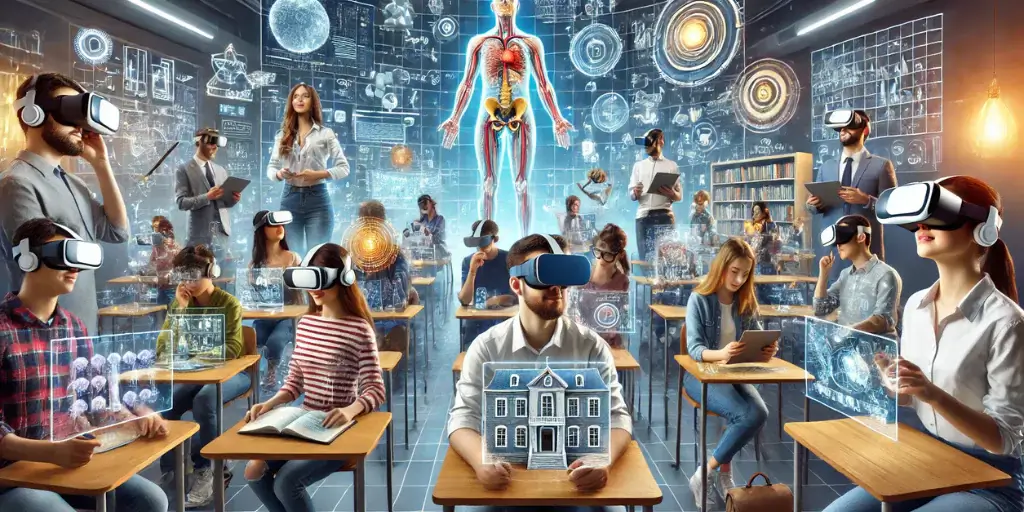



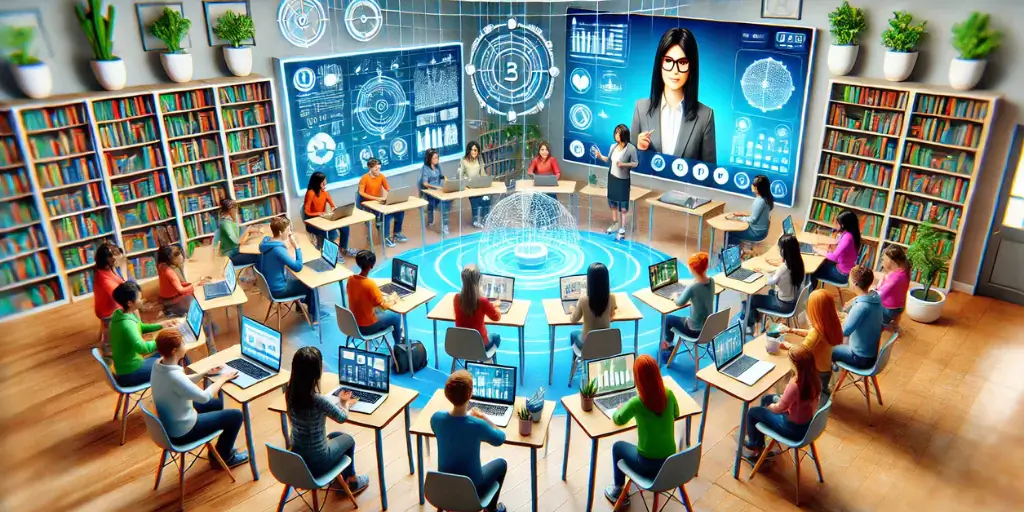
b"asta binance h"anvisningskod
September 4, 2024Your article helped me a lot, is there any more related content? Thanks!